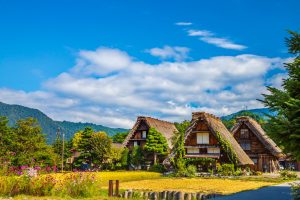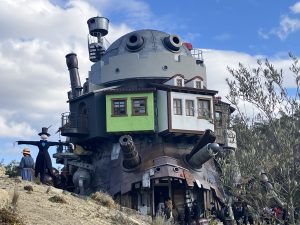Takayama
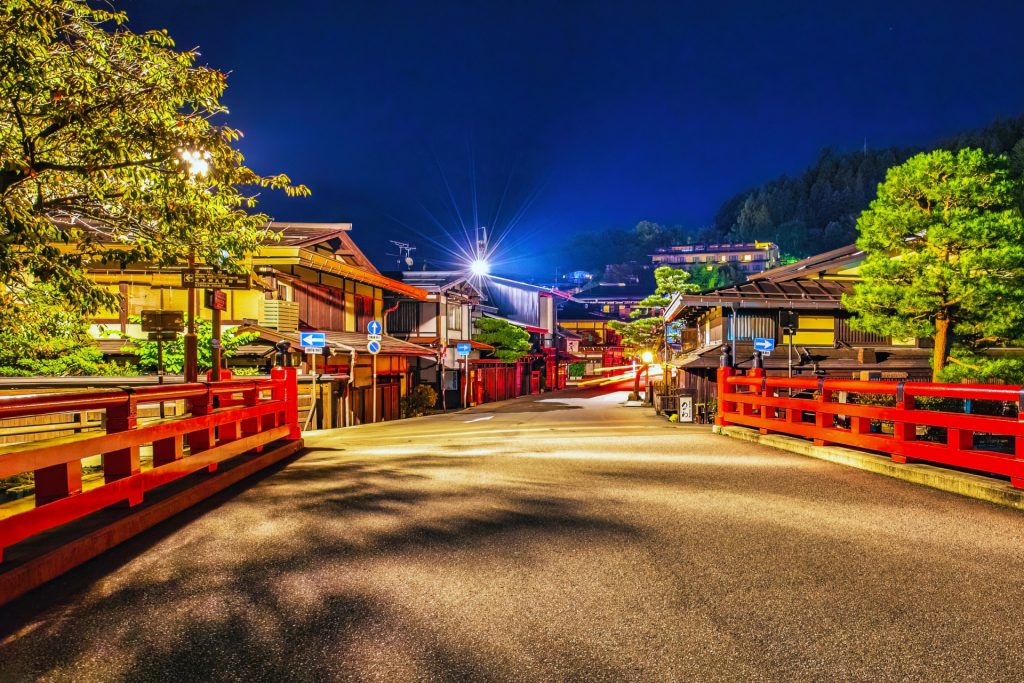
History of Takayama City
About 450 years ago, in 1585, the warlord Kanamori Nagachika was granted the province of Hida — which corresponds to present-day northern Gifu Prefecture — by Toyotomi Hideyoshi. Kanamori Nagachika built Takayama Castle in what is now Takayama City and developed a castle town laid out in a grid pattern modeled after Kyoto, along with the construction of temples and shrines. Because of this Kyoto-inspired town planning, Takayama came to be known as “Little Kyoto of Hida.”
After the Sengoku (Warring States) period ended, in 1692 during the Edo period, Takayama became a direct territory of the Tokugawa Shogunate. The Takayama Jinya was established as an administrative office for shogunate officials, and it still remains today in its original form more than 300 years later. In addition to the Jinya, Takayama retains streetscapes from the Edo period, making it one of the best places to experience Japanese history — and it enjoys tremendous popularity among international visitors.
Highlights of Takayama City
Takayama City Itself Is a Highlight
With more than 300 years of history, simply walking through Takayama’s old streets lets you experience Japanese culture firsthand. As you stroll the town, be sure to visit Takayama Jinya, the only remaining main government building of an Edo-period magistrate in Japan. It was designated a National Historic Site in 1929.
For shopping, head to the Miyagawa Morning Market, open daily from 7:00 a.m. to 12:00 p.m. After picking up souvenirs, grab a mitarashi dango (grilled rice dumpling) — perfect for snacking while you explore every corner of Takayama. This is the classic way to enjoy the city.
When it comes to food, savor sushi made with Hida beef, snack on mitarashi dango and gohei-mochi, fill up at lunchtime with Takayama ramen, and in the evening enjoy hōba miso dishes with sake. Takayama is full of charms that make you want to visit again and again.
| Month | Recommendation | Highlights |
|---|---|---|
| January | ⭐⭐⭐⭐ | Beautiful snowy townscape and Japanese Alps. More crowds and higher prices. |
| February | ⭐⭐⭐⭐⭐ | The best season to see the beautifully snow-covered town and mountains. Less crowded and slightly cheaper than January. |
| March | ⭐⭐⭐ | The first half of the month is recommended for visits. Snow starts melting in the latter half and crowds increase. |
| April | ⭐⭐⭐⭐⭐ | Mid to late April is the cherry blossom season. The Spring Takayama Festival is held but it gets very crowded. |
| May | ⭐⭐⭐ | A good season to stroll around the town slowly. Refreshing morning walks are soothing. |
| June | ⭐⭐ | Rain becomes more frequent. Fewer people, ideal for those who dislike crowds. |
| July | ⭐ | Frequent rain from early to mid-July. It becomes very hot in the latter half. |
| August | ⭐⭐ | Hot and crowded, but there are more shops at Miyagawa Morning Market. |
| September | ⭐ | Still hot for strolling. Surprisingly crowded and prices are high. |
| October | ⭐⭐⭐⭐⭐ | The best season for strolling around the townscape. The Hachiman Festival is held and autumn leaves can be enjoyed in late October. |
| November | ⭐⭐⭐⭐ | Enjoy autumn foliage in early November. It’s quite cold, so dress warmly. |
| December | ⭐⭐ | Not many highlights. In late December it gets crowded and prices rise. |
Recommended Sightseeing Route in Takayama
1) Hotel
Staying at a historic ryokan with a meal plan lets you fully enjoy Takayama, but if you’re looking to keep costs down, a city hotel is also a good choice.
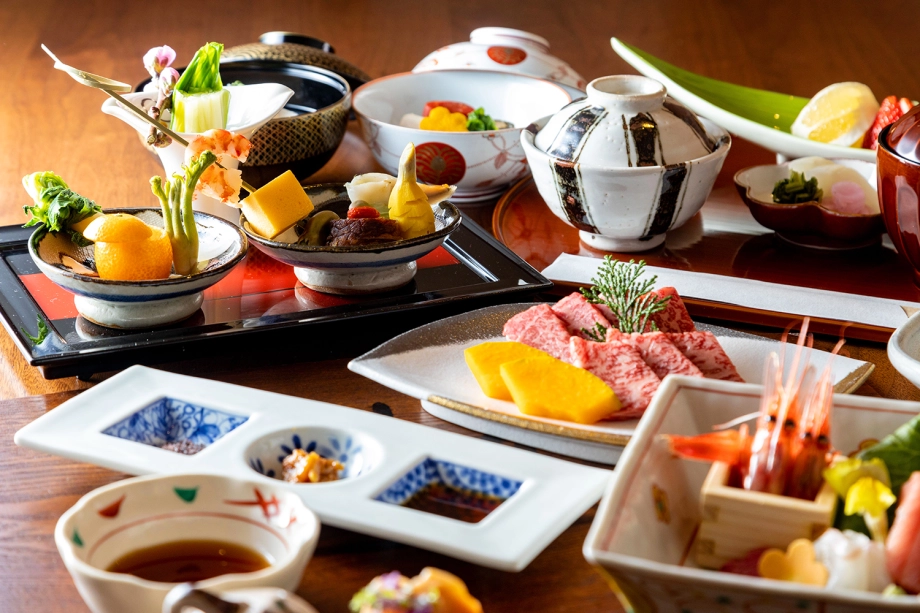
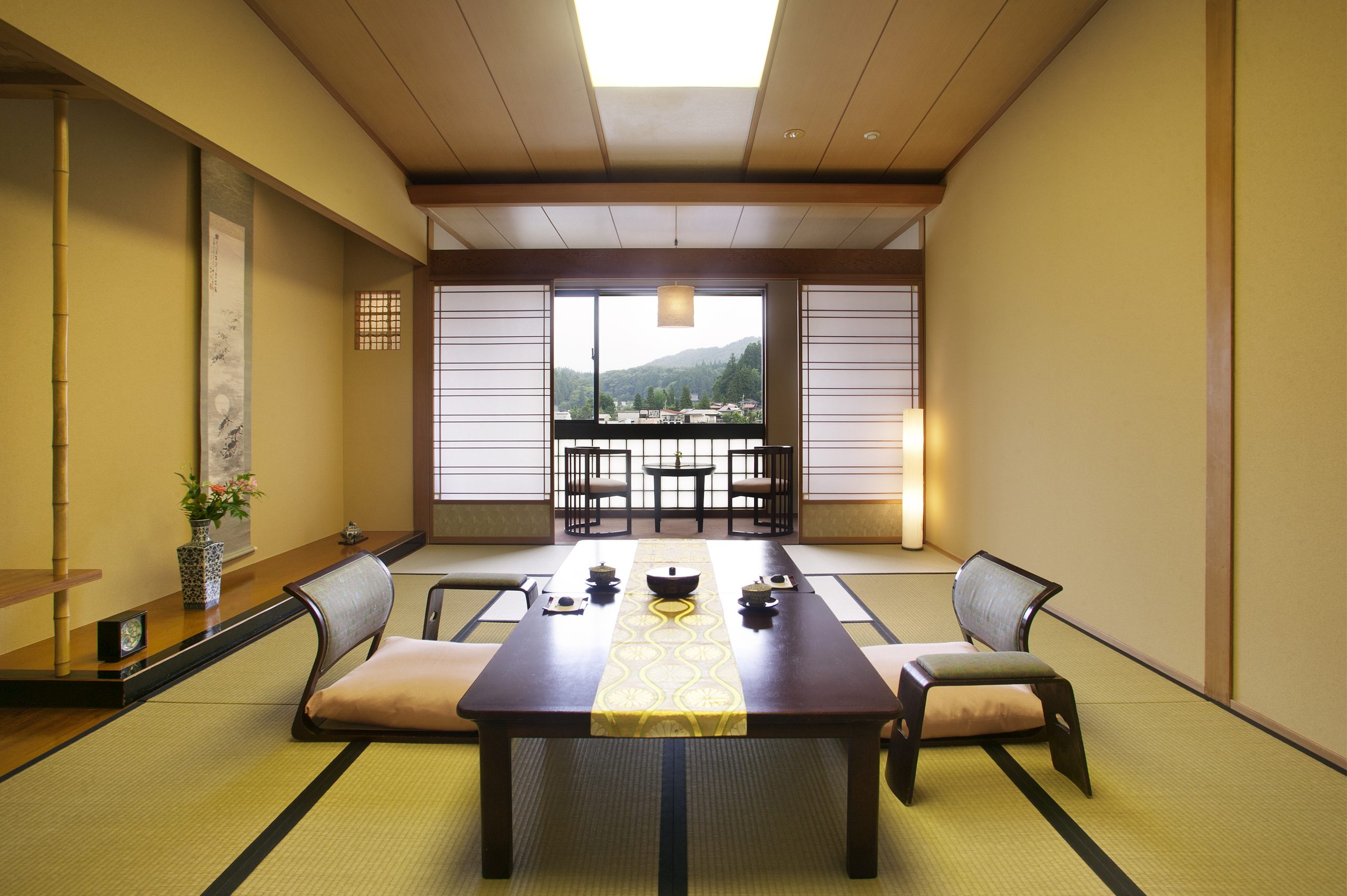
2) Miyagawa Morning Market (Approx. 60 minutes)
After breakfast, head to the Miyagawa Morning Market. In winter it opens from 8:00 a.m., and during other seasons it opens daily from 7:00 a.m.
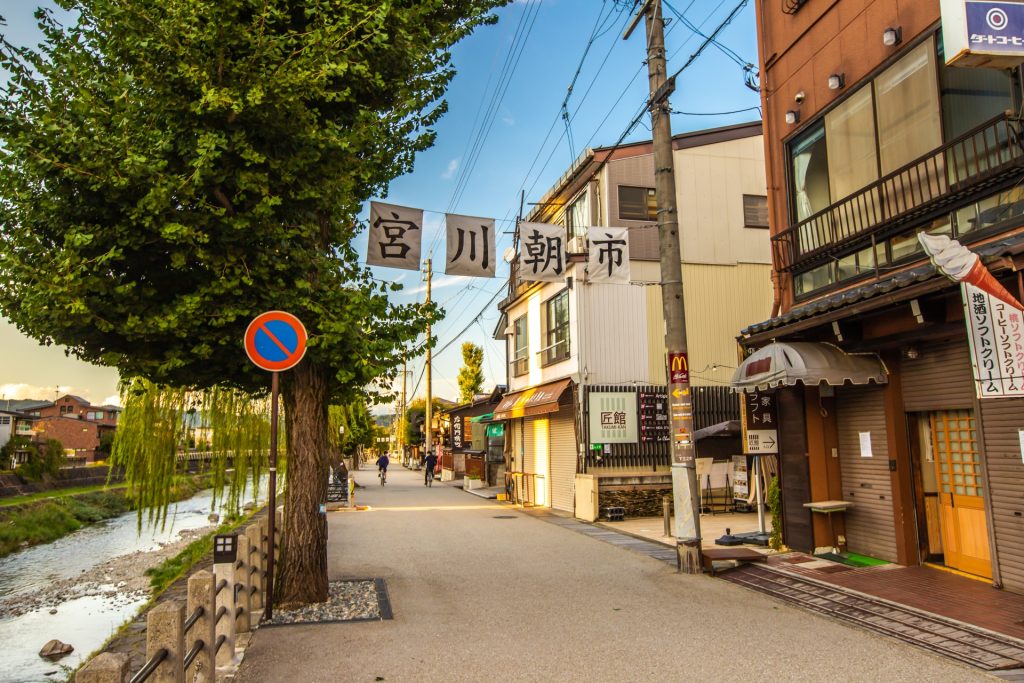
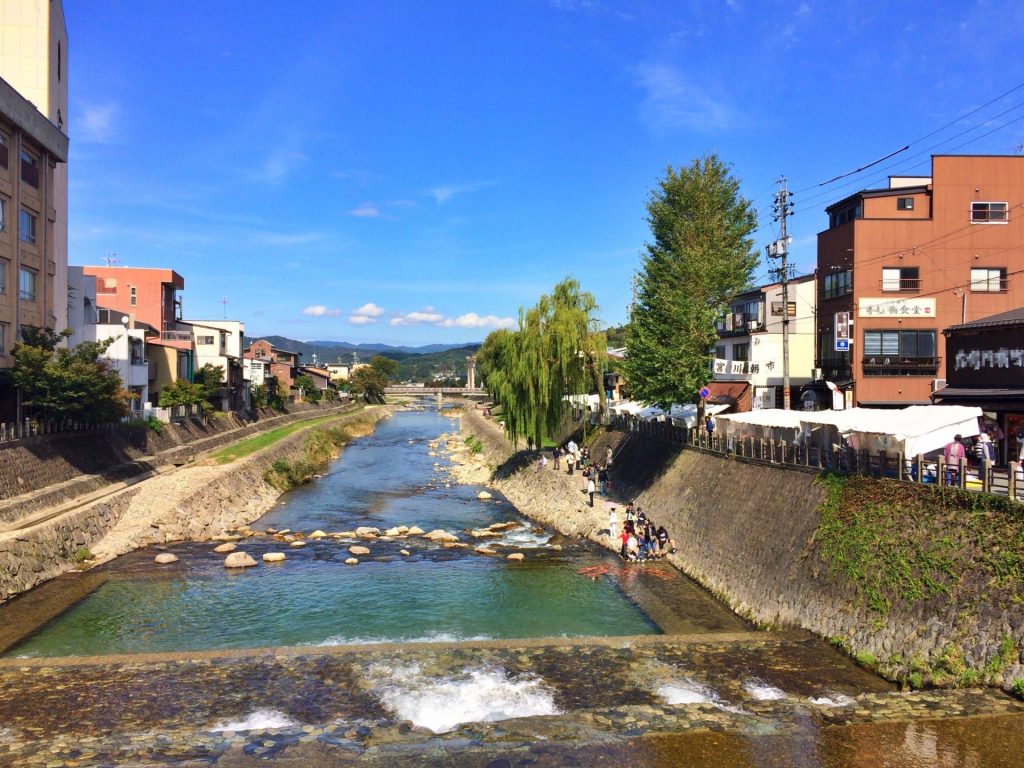
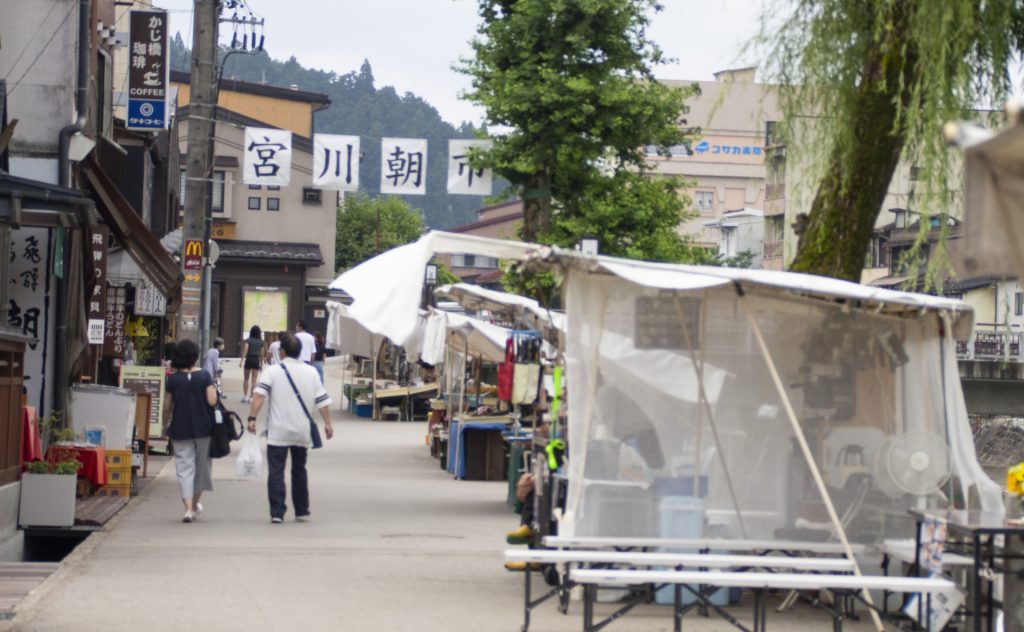
3) Takayama Jinya (Approx. 30 minutes)
After the morning market, immerse yourself in Japanese history at Takayama Jinya.
Since shoes are not allowed inside, wear thick socks or double socks during the colder seasons.

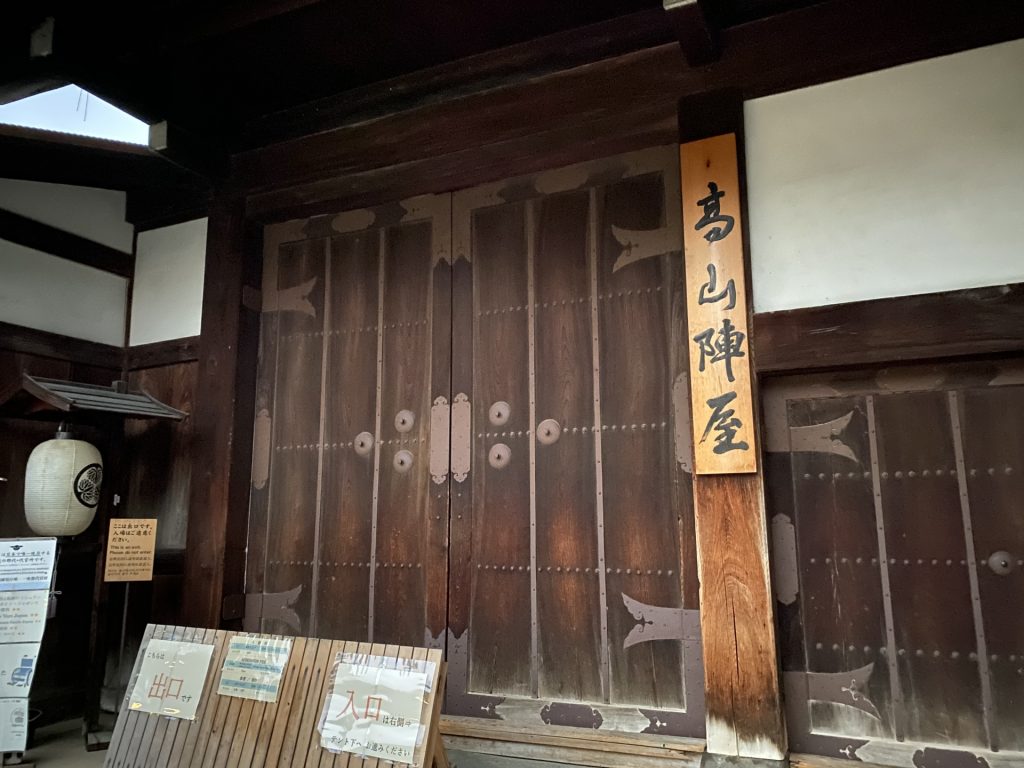
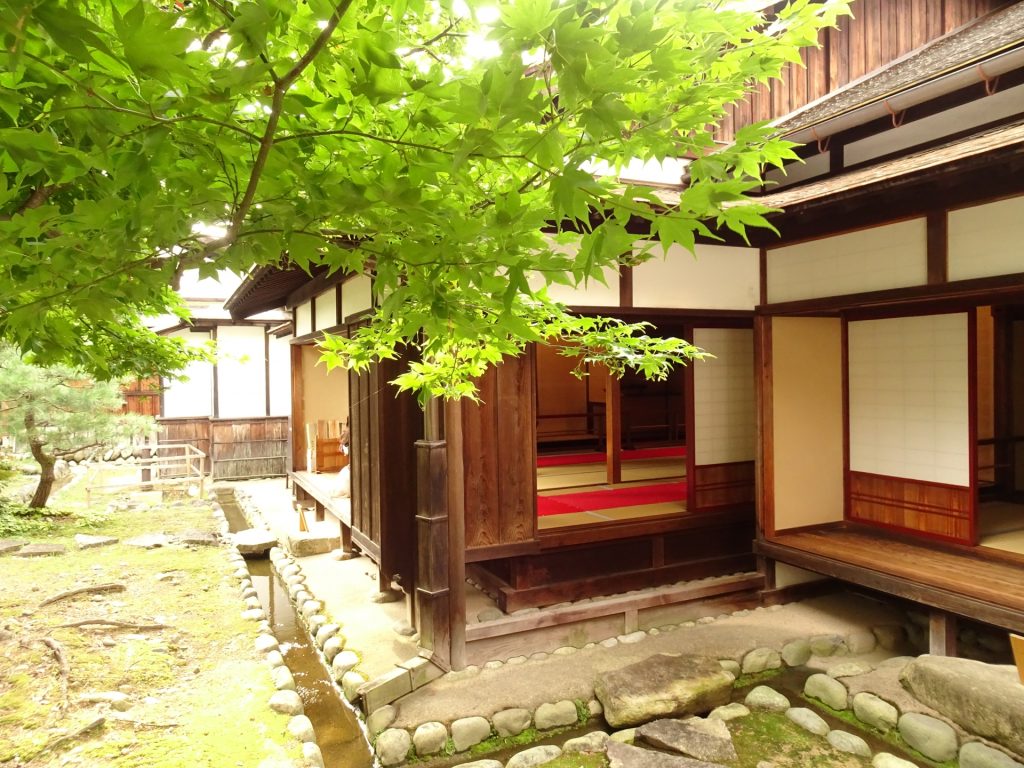
4) Town Stroll & Street Food (Approx. 90 minutes)
Walk through Takayama’s historic streets and enjoy treats like Hida beef sushi and mitarashi dango as you go.
The beautiful scenery will refresh your spirit.

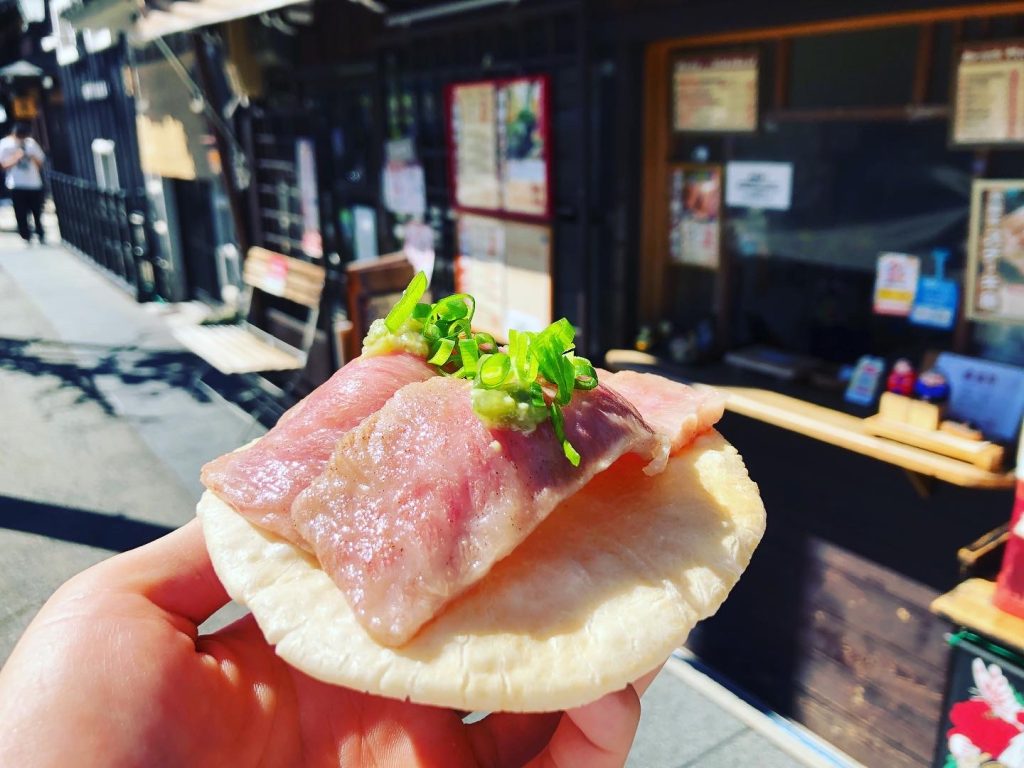
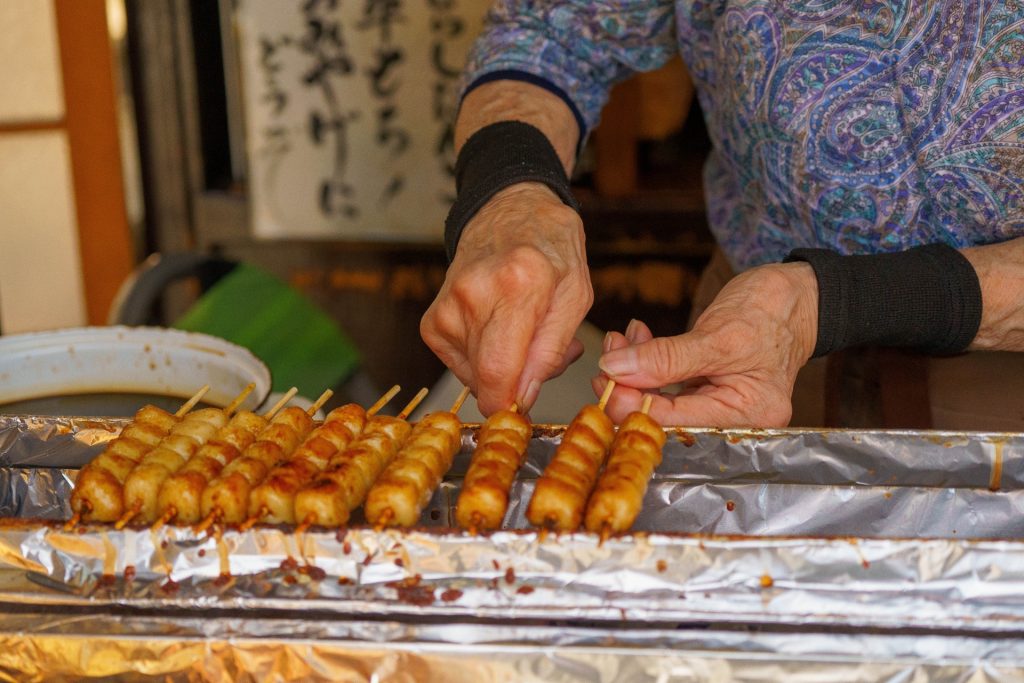
5) Takayama Ramen (Approx. 40 minutes)
After your stroll, refuel with a bowl of ramen. Enjoy its simple, comforting flavor at a homely local shop.
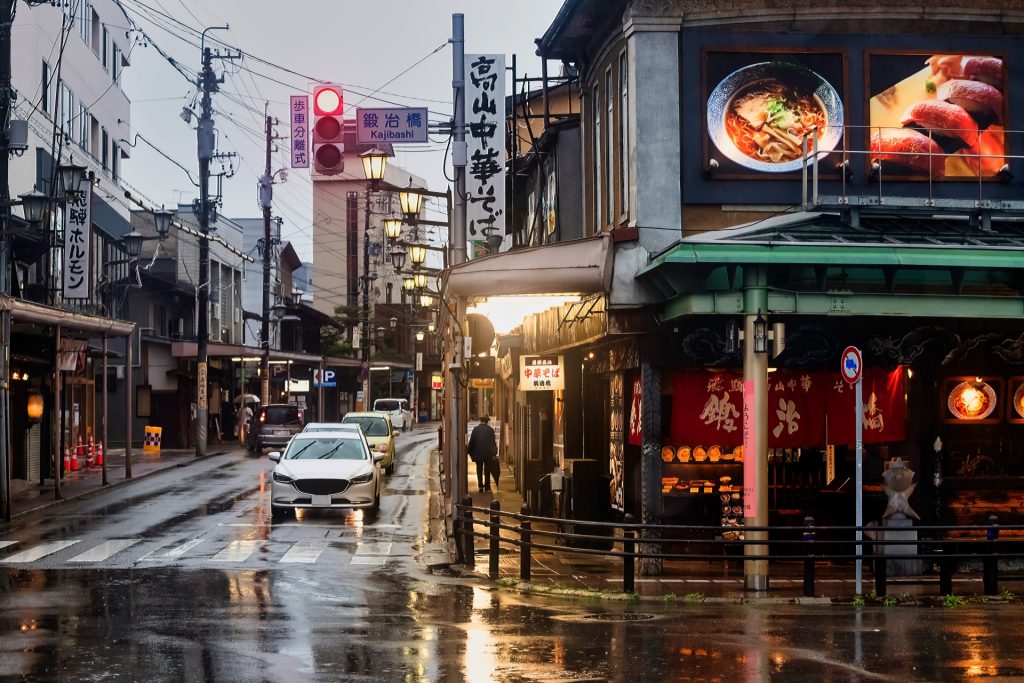
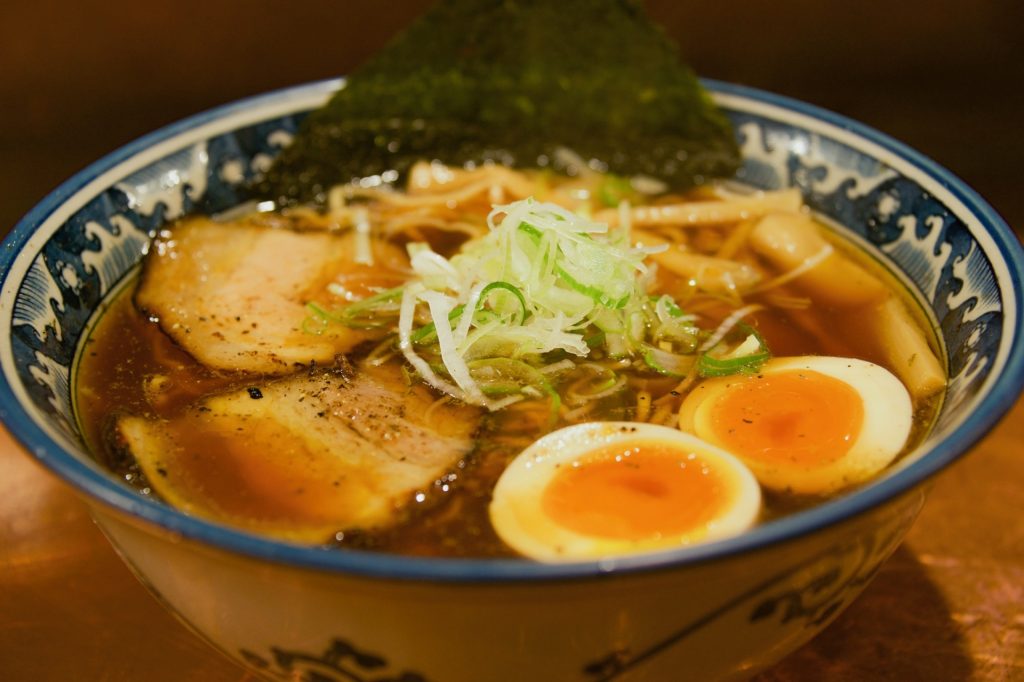
6) Nearby Sightseeing (Approx. 240–360 minutes)
The area around Takayama offers many attractions such as the Japanese Alps, Shirakawa-go, limestone caves, and a bear park.
Using a hotel in Takayama as your base makes exploring these places convenient.
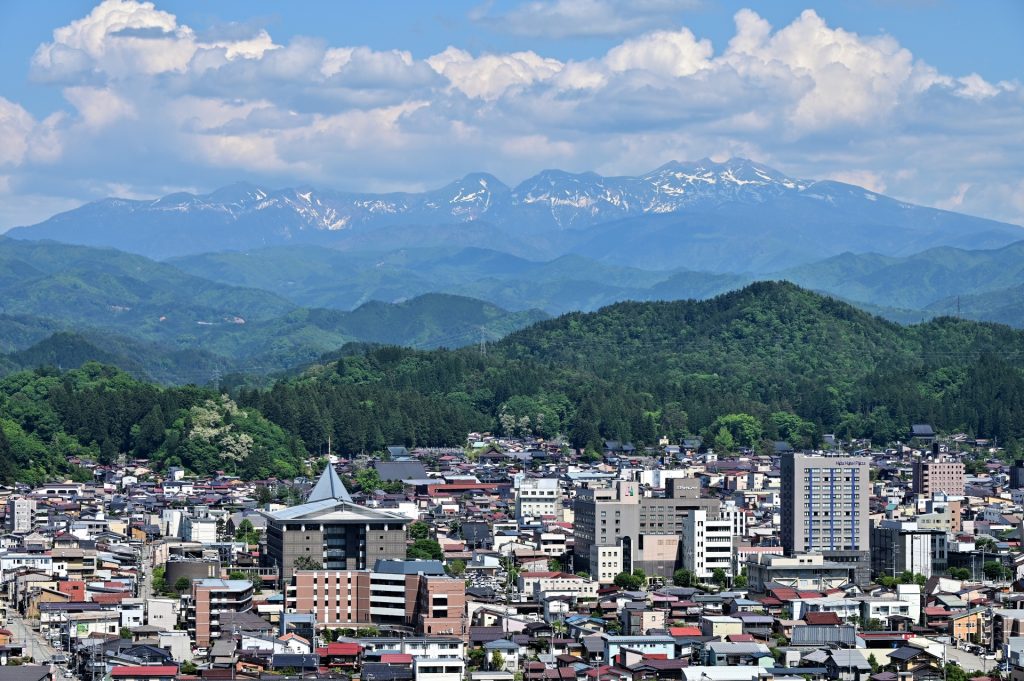
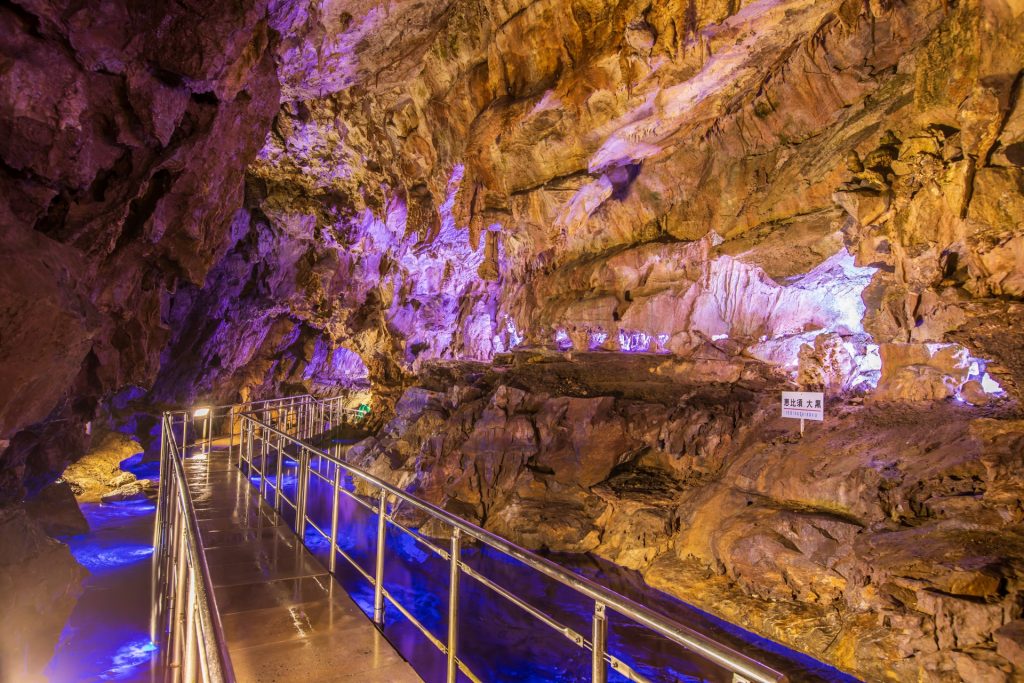
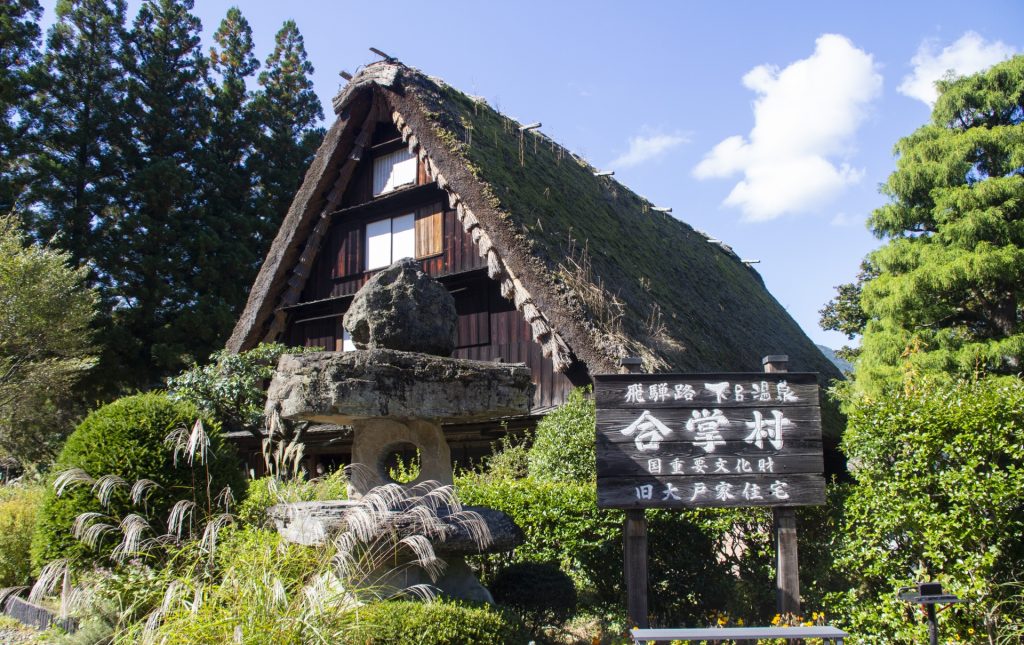
Basic Information about Takayama
| Administrative Division | Takayama City, Gifu Prefecture It is the largest city in Japan by area. |
|---|---|
| Main Station | Takayama Station (opened in 1934). The main transportation from Nagoya is by limited express train or highway bus. |
Access to Takayama
From Chubu Centrair International Airport
| Transportation | Duration | Cost | Description |
|---|---|---|---|
| Hire Car | 180–210 min | — | Comfortable and direct travel. Convenient when used by several people. |
| Train | 240–480 min | — | Rail travel via Nagoya. Longer travel time. |
| Train + Bus | 210–300 min | — | Route transferring to a bus midway. Allows cost-effective travel. |
From Nagoya Station
| Transportation | Duration | Cost | Description |
|---|---|---|---|
| Hire Car | 120–150 min | — | A comfortable direct transfer. Convenient for larger groups. |
| Train | 135 min | — | Direct service available from major stations. Stable travel time. |
| Bus | 180–210 min | — | A cost-effective way to travel. Check frequency and schedules in advance. |
Address: Takayama City, Gifu Prefecture
For travel inquiries and quotations, please click below.

